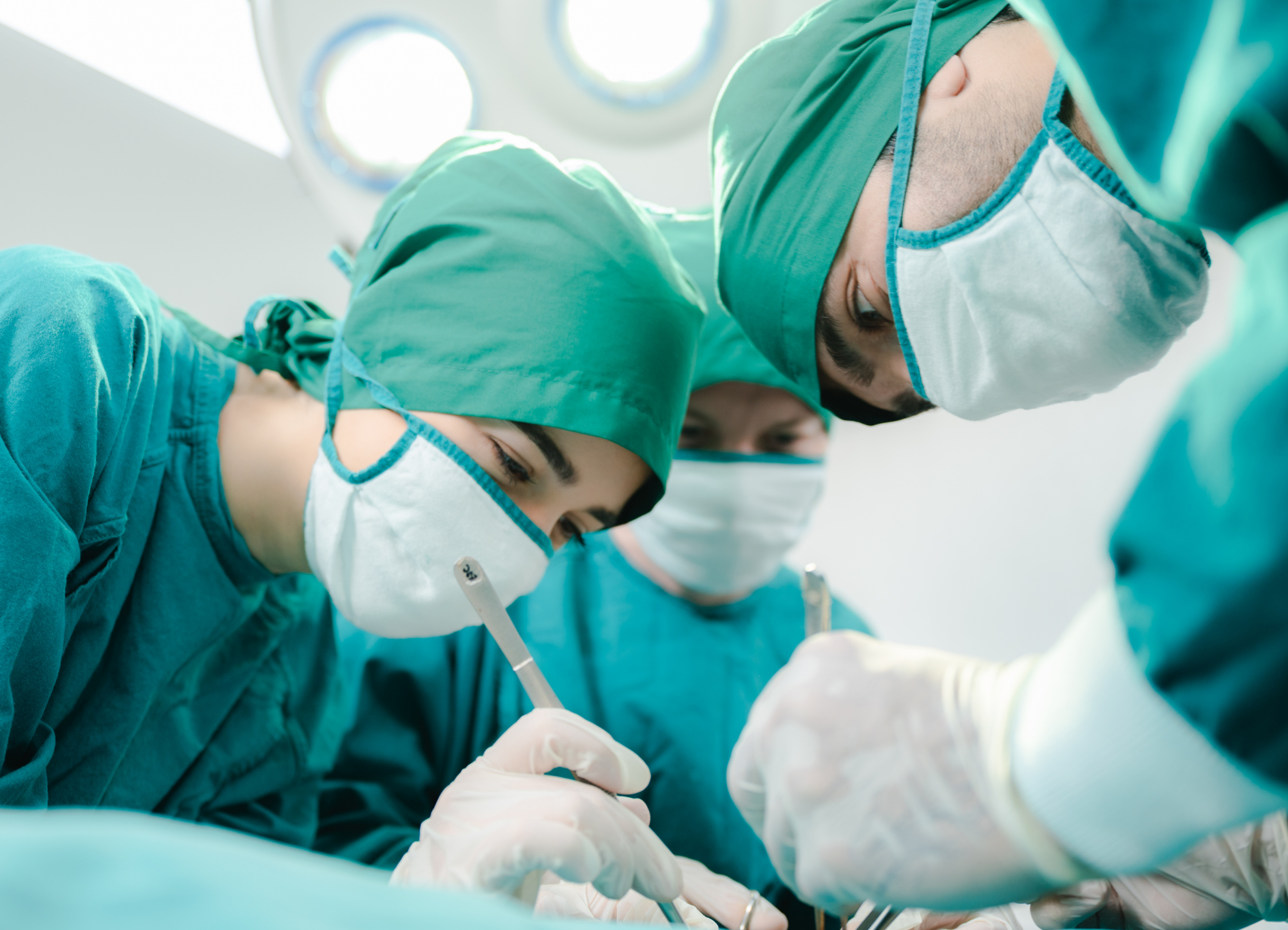
WHAT IS TESE-MIICRO TESE:
Tese is an abbreviation for "Testicular Sperm Extraction", a surgical procedure. TESE surgery is a surgical method that allows sperm cells to be extracted directly from the testicle of people who have no sperm in semen (azoospermia). In TESE surgeries, the testicle is opened and samples are taken from certain areas. In micro TESE, the same procedure is performed under a microscope or with optical magnifying glasses. TESE surgery plays a major role in overcoming the problems that make up a significant part of male infertility. Thanks to this procedure, men with azoospermia can also have the opportunity to have children.
WHO CAN UNDERGO TESE SURGERY?
TESE is a procedure infertilite It is a surgical method applied in azoospermia patient groups, which is one of the most important causes of azoospermia. After the diagnosis of azoospermia, some genetic and hormone tests are performed to determine the suitability of the person for surgery. The purpose of these tests is due to the differences in the reason for the diagnosis of azoospermia. Patients diagnosed with azoospermia may not be able to produce sperm and transfer it to semen, or they may not be able to produce sperm due to deficiencies in the genes responsible for sperm production on the Y chromosome. In addition, it is possible that sperm cells are not detected in semen due to various reasons such as severe infections and radiation exposure. Taking all these reasons into account, the tests to be carried out show guiding and decisive results in determining whether the person is suitable for surgery.
In addition to all these, TESE procedure can also be applied to infertile couples in cases where the sperms in the ejaculate of the man are not sufficient in terms of morphology, number or mobility.
HOW TO DO IT
MICRO TESE surgery local or general anesthetics It can be done with a testicular incision. The testicles are opened with an incision and the tissue is magnified 20-25 times with a microscope to identify areas where sperm production is likely to occur. After the possible sperm-producing ducts are identified, they are collected by the urologist performing the procedure. These tissue samples are processed in andrology laboratories in IVF centers and the live sperm cells in them are separated. If the procedure yields a sufficient number and mobility of sperm cells, the sperm cells can be frozen and used in IVF procedures in the future, if necessary, without the need for reoperation.
WHAT ARE THE RISKS OF TESE SURGERY
Since it is a surgical procedure performed under anesthesia, the existing risks such as infection, pain and bleeding, which are rarely present in every surgical procedure, are also present here.


